SOLIDWORKS Electrical: What's It All About Anyway?
SOLIDWORKS Electrical: What’s It All About Anyway?
Many people making electrical schematics for their systems use generic vanilla 2D CAD programs. It works. It allows you to draw whatever you want, just the way you want it. Really, it’s just like drawing on paper on a drafting table, but on a computer. So why would you want to move to a dedicated ECAD software? What value does it add? I’m going to run through the features at a high level, and you’ll see that it can do what you need, but better and faster.
Line Diagrams
When I was in the space industry designing large systems of test equipment, I used Visio to show a high level view of how everything was interconnected. We can do the same thing in SOLIDWORKS Electrical, but make it a lot easier. If you start with a regular schematic, then you can leverage that work to create the line diagram much faster. Or you can start with the line diagram to make drawing the schematic easier.

Schematics
When drawing schematics, you place a symbol and then select what manufacturer part you’d like to use for that component. The text for the part number and manufacturer will then automatically be placed next to the symbol. It also keeps track of how many components you have, so when you are placing the 136th relay in your project (or was it 137? 135?) it will automatically assign it the component mark of K136. No more trying to keep track yourself. Cross references will automatically be generated and placed next to symbols, so you know where the contacts are that a relay coil is controlling.

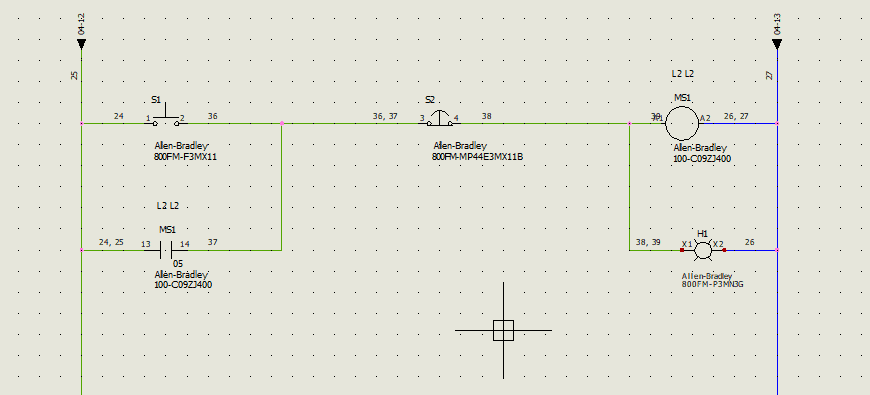
Macros (Smart Blocks)
You are probably familiar with the concept of creating block in 2D cad to save time re-using old designs. We do that same thing, but add an extra level of intelligence to them. We call them Macros, and you can create a macro of an entire circuit. When you place that macro into your schematic it will renumber all the components and wires for you so that you don’t end up with duplicates. These macros can be for small circuit pieces that you connect, or multiple entire pages of pre-drawn circuitry. You can even set up an excel sheet to select the macros you want to use so that it draws your entire schematic for you.
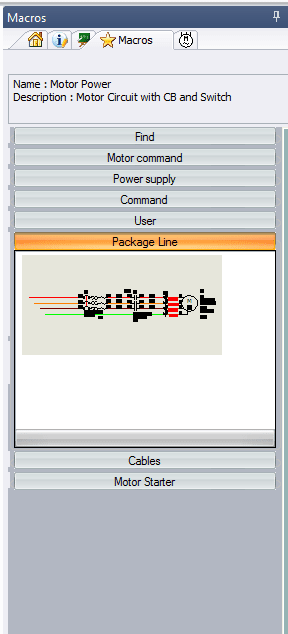
3D Placement and Wire Routing
The SOLIDWORKS Electrical 3D add-in will allow you to collaborate between the ECAD design and your mechanical 3D assembly. You will be able to easily place all of your electrical components, and with a click of a button route all of your wires and cables. The advantage of placing your components is of course knowing that everything fits. Running the wires and cables will tell you the exact lengths that you need, reducing scrap.
In my previous life we were wiring up boxes and had no idea how long the wires needed to be. We did know they wouldn’t be longer than five feet, though, so we had a machine cut all of our wires to five feet, and then trimmed it back to the needed length when they were installed. At the end we had a box of scrap that weighed at least 50 pounds. If we had run the wires in Electrical 3D we would have saved quite a lot in scrap material, since we would have immediately known the length of each individual wire.
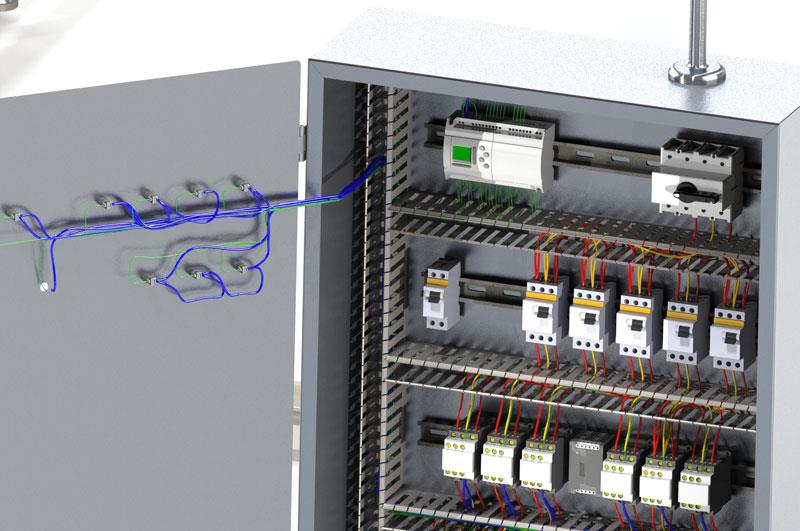
Modeling these wires took 30 seconds
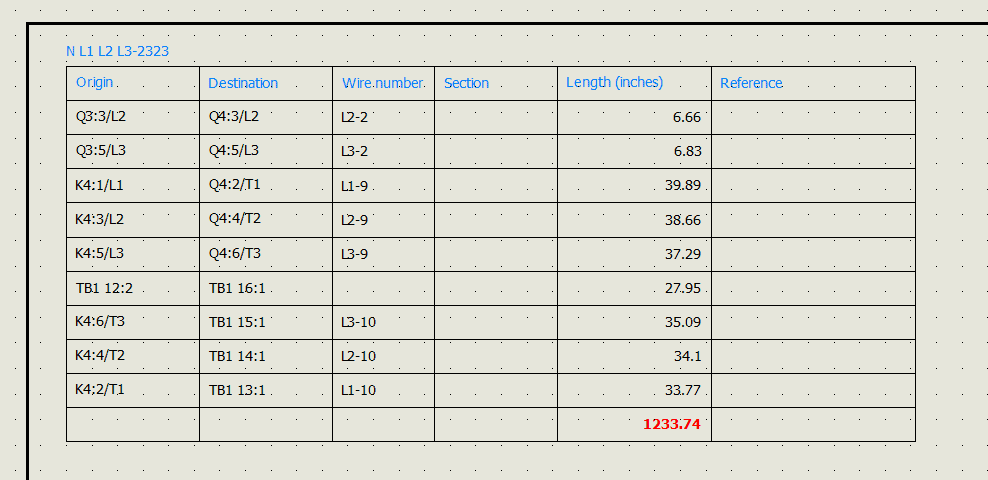
Wire lengths were automatically populated when the wires were routed in the 3D cabinet above
Documentation
One of the largest benefits is the automatic creation of documentation. Many people look at the workflow for creating the schematics and think it means more work because it is no longer just lines on a page. There is the specification of the meta data behind it. While it seems like we are adding work on the front end, we are only moving it from the back end. People who create their Bills of Material and Wire Connection tables in excel manually will benefit greatly from the ability to leverage the work already put into creating the schematic. Instead of spending 100s of hours creating all of that documentation, SOLIDWORKS Electrical will create all of that for you, leveraging the work already put into drawing the schematic
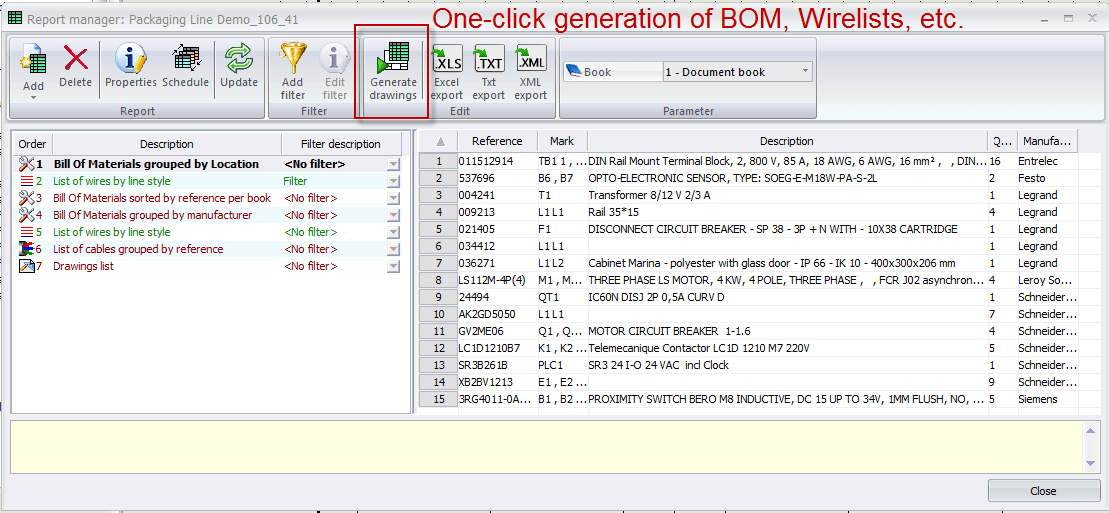
Terminal Strip drawings also can be drawn at the click of a button, another tool available in SOLIDWORKS Electrical.
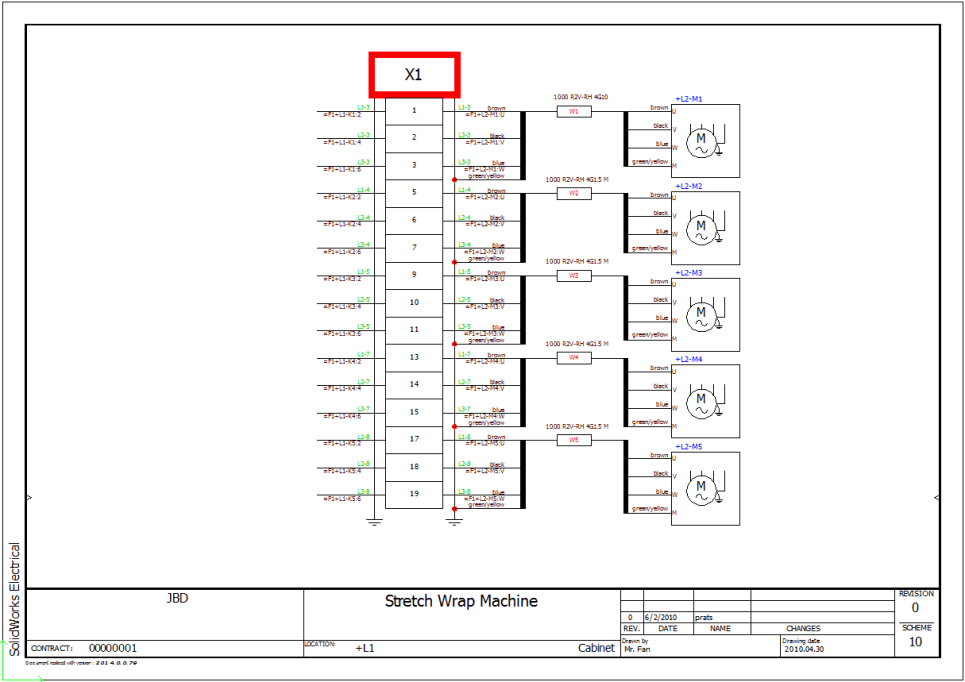
So What?
The name of the game is efficiency. We make your schematic drawing and single line diagrams easier to draw, and then automate your documentation. You will be able to finish your projects much faster than you can with a simple non-parametric 2D CAD program. Parametric programs add the efficiency that you need, but they do require a little more than just point and click. At Computer Aided Technology we provide all of the training you need, implementation programs that help give you a boost up the learning curve, and of course we are always a phone call away from answering your questions for any issues that may arise.
Brian Cooke,
Electrical Application Engineer
Computer Aided Technology

 Blog
Blog